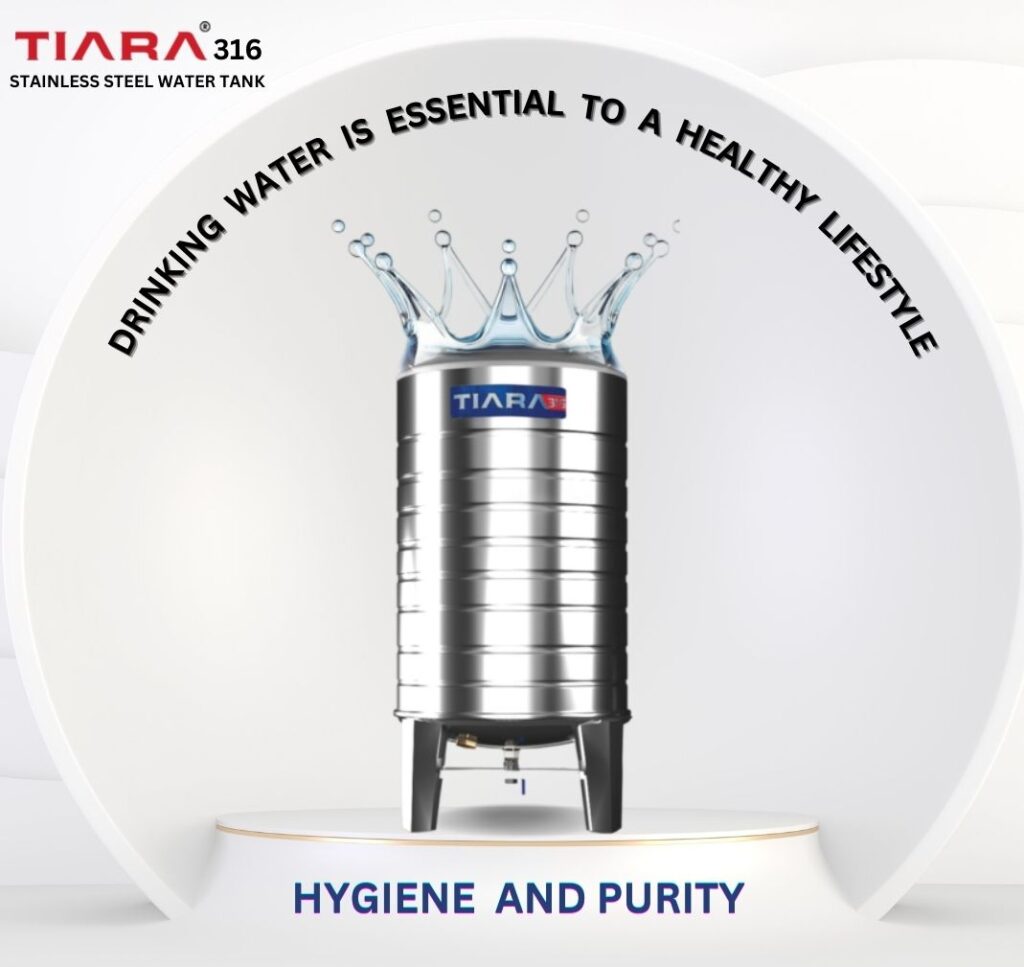
In an era where the purity of drinking water is paramount, the choice of water storage solutions has gained substantial attention. Among various options available in the market, stainless steel water tanks have emerged as a preferred choice for both residential and commercial applications. The benefits of using stainless steel for storing drinking water extend beyond mere durability to encompass a range of safety advantages that are critical for maintaining public health.
1. Non-Reactive Nature of Stainless Steel
One of the foremost safety benefits of stainless steel water tanks is their non-reactive nature. Unlike plastic tanks, which can leach harmful chemicals into the water, stainless steel is inherently inert. This means that it does not react with water or any substances that may be dissolved in it. As a result, the integrity of the water is maintained, ensuring that it remains safe for consumption. This characteristic is particularly vital when considering water with varying pH levels or containing organic matter, as such factors can trigger reactions in reactive materials.
2. Resistance to Bacterial Growth
Another significant advantage of stainless steel is its resistance to bacterial growth. Stainless steel surfaces are less conducive to the proliferation of harmful microorganisms compared to other materials. The smooth surface of stainless steel minimizes crevices and micro-abrasions where bacteria can harbor and thrive. Regular cleaning and sanitization of the tanks can further enhance this benefit, promoting an environment that discourages the growth of pathogens. This is especially pertinent in regions where waterborne diseases pose a risk, as the use of stainless steel tanks can proactively contribute to the prevention of health issues associated with contaminated water.
3. Durability and Longevity
Safety in water storage also pertains to the physical integrity of the storage medium. Stainless steel water tanks are renowned for their strength and durability. They can withstand extreme weather conditions, physical impact, and potential environmental corrosive elements, outlasting tanks made from less resilient materials. This durability translates into a decreased likelihood of leaks or structural failures that could compromise the safety of the stored water. Moreover, the longevity of stainless steel tanks minimizes the need for frequent replacements, thereby reducing environmental waste associated with discarded tanks.
4. Resistance to Corrosion
Corrosion remains a critical concern in water storage solutions. Traditional materials such as steel, iron, or even certain plastics can degrade over time, particularly when exposed to moisture and certain water chemistries. Stainless steel, particularly grades such as 304 and 316, is specifically designed to resist corrosion, enabling it to maintain its structural integrity in both fresh and saline water environments. This resistance not only safeguards the water against contamination but also ensures that the tank does not pose a risk of metal leaching, thus securing the water’s safety and quality.
5. Environmental Sustainability
In addition to direct safety benefits, stainless steel water tanks contribute to environmental sustainability. The use of stainless steel supports a circular economy, as it is fully recyclable and can be repurposed at the end of its lifespan. By investing in durable and sustainable materials, communities and businesses contribute to reducing landfill waste and minimizing the carbon footprint associated with constant replacement and disposal of less sustainable materials. This holistic approach to environmental stewardship complements the focus on safe water storage.
Conclusion
In conclusion, the safety advantages of using stainless steel water tanks for drinking water are manifold and significant. From the non-reactive properties and inherent resistance to bacterial growth to the durability, corrosion resistance, and overall compliance with health standards, stainless steel tanks stand out as a superior choice for safeguarding public health. With the increasing emphasis on water safety and sustainability, stainless steel emerges not merely as a material of choice but as a proactive measure in ensuring the well-being of communities. As society continues to prioritize safe drinking water, the adoption of stainless steel water tanks should be at the forefront of this endeavor, aligning safety, sustainability, and health in a singular, effective solution.


